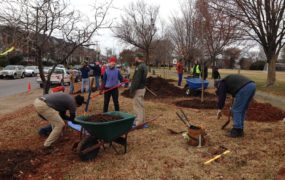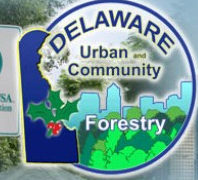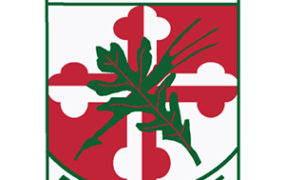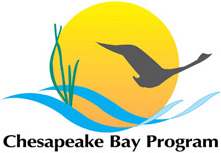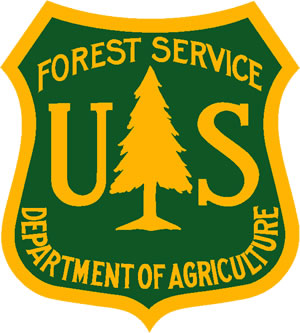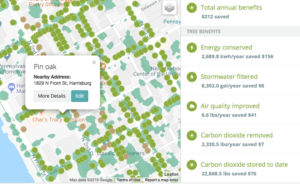
The Pennsylvania Community Tree Map (PATreeMap) is a free online, cloud-based mapping tool that can conduct and store tree inventories at the local level. Individuals and communities in Pennsylvania are able to use the map to learn about their existing tree canopy or contribute new information by reporting tree condition, adding new trees, marking empty sites, and entering other tree inventory data. The tool also helps users understand the benefits of their canopy and monitor changes in tree health over time.
The PATreeMap, which was developed by geospatial technology company Azavea (based out of Philadelphia, PA), is plugged into google technology, enabling users access to the most recent google imagery and street information. Its online interface is very user-friendly and accessible on mobile devices via the OpenTreeMap app. Users can search for trees by location or by species to learn about tree canopy in the state of Pennsylvania.
One of the tool’s major features is a “Tree Benefits” sidebar, which was designed with the USDA Forest Service i-Tree software to generate the economic and environmental benefits of trees that contain species and diameter data. This feature lets citizens and communities assess the value of urban tree canopy by calculating how much money they save due to tree functions that reduce energy use, filter stormwater, improve water quality, and remove carbon dioxide. User-determined searches allow these calculations to be done at the individual tree level, community level, or at the state level.
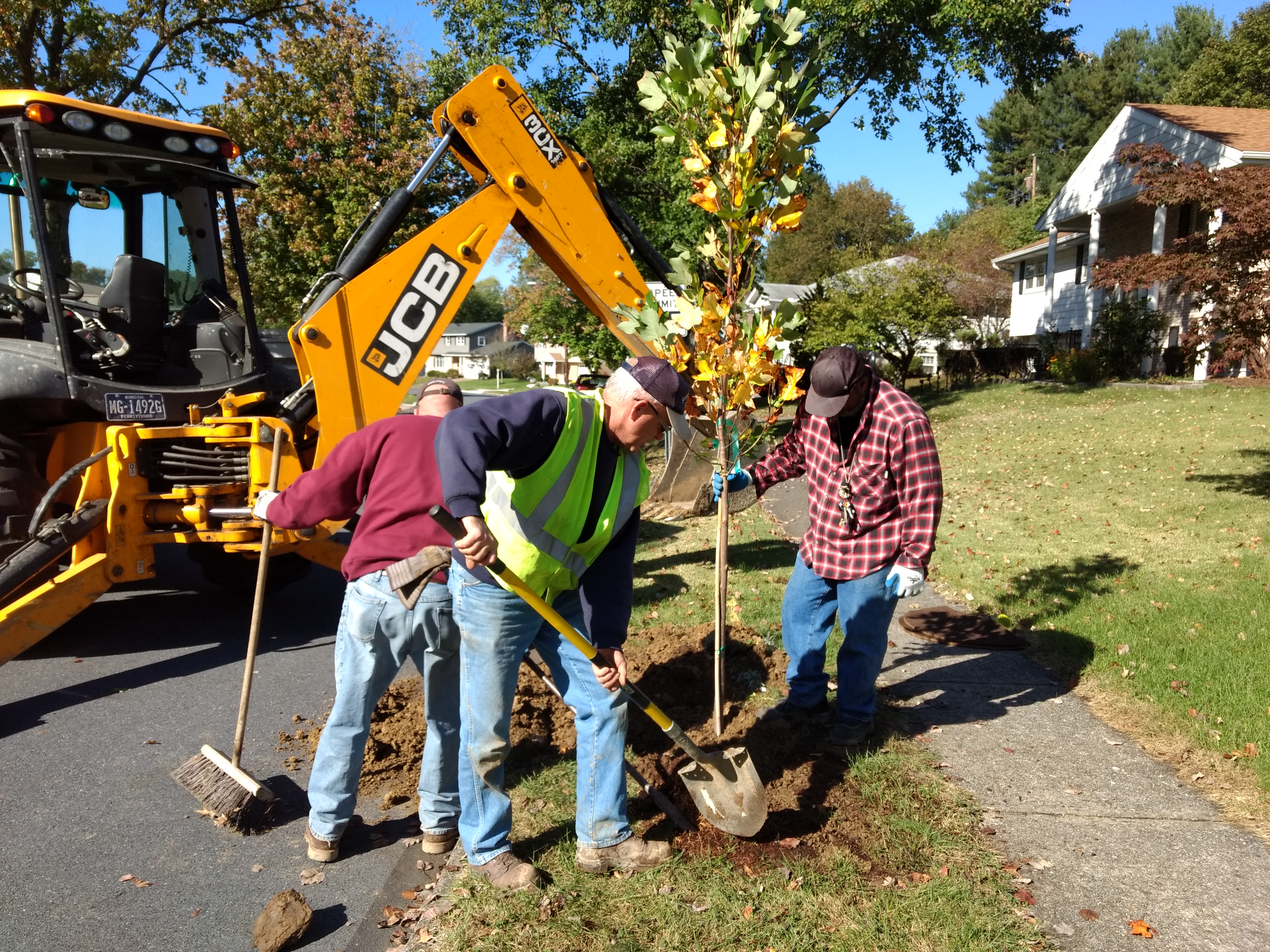
Since PATreeMap’s launch in 2016, the Pennsylvania DCNR Bureau of Forestry has been actively working to promote the tool and get communities across the state to upload their local tree inventory data into the map. To date, the state has worked with 35 communities, including 15 in the Chesapeake Bay watershed: Ephrata, Lancaster, Harrisburg, Derry Township, Laporte, Muncy, Orwigsburg, Pottsville, Annville, Susquehanna Township, Carlisle, York, Lemoyne, New Cumberland, and Wellsboro. The majority of the 40,763 trees that are currently reported in the tool have come from community inventory data. The benefits of these mapped trees in Pennsylvania amount to over 2 million dollars saved per year.
Pennsylvania communities are taking advantage of what PATreeMap has to offer and are using the tool in many ways. In the Chesapeake Bay watershed, Susquehanna Township is using it to document where they plant new trees. Betsy Logan, Director of Community and Economic Development, said the Township does not yet have a large database of planted trees but are now using the PATreeMap for this purpose. They used the tool for the first time in the Fall of 2017 during their tree planting event. In addition, they are using the tool to map rain barrel installations and other stormwater features – and also as an opportunity to engage volunteers in tree canopy stewardship.
The Borough of Ephrata, another community in the Chesapeake Bay watershed, is also benefitting from the tool. Chandra Mast, Chair of the Borough’s Shade Tree Commission, shared how the Commission is using the tool to conduct their first-ever tree inventory. “We use it to take photos of the trees, record multiple tree measurements, keep track of maintenance, and add notes about things we do to the trees like soil treatments and pruning,” she said. In addition, members of the Commission are able to use the map to flag trees that require maintenance so that Public Works can attend to them in a timely manner.
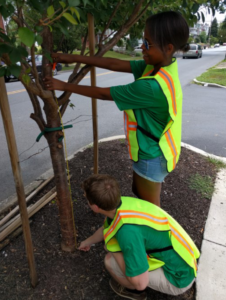
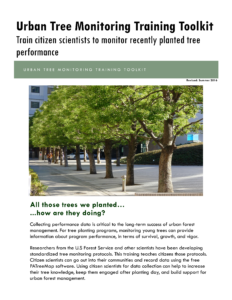
Monitoring and maintenance are essential for the long-term survival of urban trees, especially those that are newly planted. Therefore, with the release of PATreeMap, Pennsylvania’s TreeVitalize partnership rolled out a free toolkit to help communities track and maintain the health of their planted trees. The Young Urban Tree Monitoring Toolkit was developed in collaboration with the U.S. Forest Service’s Philadelphia Field Station to train local governments, non-profits, and citizen scientists to monitor the condition of their newly planted trees by using the PATreeMap. The toolkit includes guides, presentations, and other materials that are available online for anybody to use.
Local communities do not always have the resources to use consulting services or special software programs that facilitate tree inventories. The PATreeMap offers a free application that anybody in Pennsylvania can use to conduct tree inventories, learn about the value of their tree canopy, manage their urban forest over time, and track conditions of newly planted trees with the Young Urban Tree Monitoring Toolkit. By contributing their local data to the map, users also contribute to the wider knowledge of Pennsylvania’s tree canopy. With all of these benefits and more, the PATreeMap tool has proven to be highly advantageous to Pennsylvania and its communities working to grow and maintain healthy tree canopies.
For more information on the tool and possibilities for using it in more Pennsylvania communities, contact Mark Hockley. See also the 2017 Penn State University webinar recording for an in-depth introduction to the tool.
Story written by Tuana Phillips
